Can-am Commander vs Polaris Ranger Comparison
In the world of utility terrain vehicles (UTVs), Can-Am and Polaris are the big players that everyone talks about. They’ve built a solid reputation for making high-quality, tough, and powerful UTVs that serve a range of purposes, from leisurely trail rides to heavy-duty jobs. The Can-Am Commander and the Polaris Ranger are two of their most popular options. Both are super versatile, reliable, and loaded with features, but which one suits you best? In this thorough comparison, we’ll break down the details to help you choose between the Can-Am Commander and the Polaris Ranger.
Model Comparison
Below we’ve listed a side-by-side comparison of the 2024 Polaris Ranger and Can-Am Commander specs to help you better understand the differences between these two popular UTVs.
-
Engine and Performance
|
Specification |
Polaris Ranger 1000 |
Can-Am Commander 1000R |
|
Engine Type |
ProStar SOHC 4-Stroke |
Rotax V-Twin 4-Stroke |
|
Engine Displacement |
999cc |
976cc |
|
Horsepower |
82 HP |
100 HP |
|
Fuel System |
Electronic Fuel Injection (EFI) |
Electronic Fuel Injection (EFI) |
|
Cooling System |
Liquid-Cooled |
Liquid-Cooled |
|
Transmission |
Automatic PVT (ProStar Variable Transmission) |
Quick Response System (QRS) CVT |
|
Drive System |
On-Demand True AWD/2WD/VersaTrac Turf Mode |
Selectable 2WD/4WD with Visco-Lok QE Auto-Locking Front Differential |
|
Top Speed |
~55 mph |
~70 mph |
-
Suspension and Handling
|
Specification |
Polaris Ranger 1000 |
Can-Am Commander 1000R |
|
Front Suspension |
Dual A-Arm with 10 inches travel |
Dual A-Arm with 14 inches travel |
|
Rear Suspension |
Dual A-Arm with 10 inches travel |
Torsional Trailing A-Arm (TTA) with 14 inches travel |
|
Ground Clearance |
12 inches |
13 inches |
|
Wheelbase |
81 inches |
90.6 inches |
|
Turning Radius |
12.7 feet |
13.2 feet |
-
Dimensions and Capacities
|
Specification |
Polaris Ranger 1000 |
Can-Am Commander 1000R |
|
Overall Length |
120 inches |
126 inches |
|
Overall Width |
62.5 inches |
62 inches |
|
Overall Height |
76 inches |
74.25 inches |
|
Dry Weight |
1,450 lbs |
1,720 lbs |
|
Fuel Capacity |
11.5 gallons |
10 gallons |
|
Cargo Bed Capacity |
1,000 lbs |
600 lbs |
|
Towing Capacity |
2,500 lbs |
2,000 lbs |
|
Seating Capacity |
3 people |
2-4 people depending on the model |
-
Features and Technology
|
Feature |
Polaris Ranger 1000 |
Can-Am Commander 1000R |
|
Digital Display |
Standard Multi-Function |
7.6-inch Digital Display |
|
Power Steering |
Electronic Power Steering (EPS) |
Dynamic Power Steering (DPS) |
|
Lighting |
LED Headlights |
LED Headlights |
|
Winch Compatibility |
Optional |
Standard or Optional depending on model |
|
Cargo Box Dimensions |
36.75 x 54 x 11.5 inches |
29.5 x 45.2 x 10 inches |
|
Factory-Installed Accessories |
Wide range available |
Wide range available |
|
Audio System |
Optional |
Optional |
-
Price Range
|
Specification |
Polaris Ranger 1000 |
Can-Am Commander 1000R |
|
Base Model Price |
Starting around $13,499 |
Starting around $15,299 |
|
Fully Loaded Price |
Up to $19,999+ |
Up to $20,999+ |

Polaris Ranger stands out in the comparison with the Can-Am Commander, though the margin is slim.
The Ranger offers a more utility-focused package with superior towing capacity, a larger cargo bed, and a design built for rugged work environments. It also benefits from a robust AWD system that engages instantly, giving it an edge in traction and control, especially in demanding conditions.
On the other hand, the Commander comes with the Visco-Lok front differential, which, although capable, takes longer to fully engage compared to the Ranger’s on-demand AWD. This difference is critical when navigating challenging terrains where quick engagement is essential.
Both vehicles have powerful engines, but the Commander's Rotax V-twin engine produces slightly less vibration than the Ranger's ProStar engine, which might suggest better durability over time. However, this doesn’t significantly alter the outcome, as the Ranger’s utility and functionality keep it in the lead.
Driving Experience
Driving the Polaris Ranger, you'll immediately feel its ability to tackle complex terrain, and the Ranger's suspension is designed with a focus on the demands of the job, providing the perfect combination of comfort and utility.
Although the Ranger's dual A-arm front and rear suspension travel is 10 inches, slightly less than the Can-Am Commander's 14 inches, it still performs well on all terrain. In contrast, the Can-Am Commander is more recreationally oriented, with a suspension system that offers 14 inches of front and rear travel to mitigate bumps, rocks and ruts.
Power
The Polaris Ranger's ProStar engine is widely recognized for its superior low-torque and consistent power delivery, making it ideal for tasks that require towing or lifting heavy loads.The Ranger excels in smooth power delivery, especially in work environments that require precise control.
The Commander's engine is responsive and delivers exciting power delivery, especially when accelerating on open trails. This engine is ideal for drivers who combine work and leisure, although at low speeds and in situations where precise control is required, the Ranger's engine may be more practical and easy to maneuver.
AWD System
The Polaris Ranger's on-demand AWD system engages as soon as it's needed, ensuring ideal traction and control in a variety of conditions. Whether it's climbing, traversing slippery surfaces or tackling mud, the Ranger's AWD system delivers performance when it counts.
Can-Am Commander's Visco-Lok front differential, while also effective, takes several seconds to fully engage on startup. This delay can be noticeable in situations where quick traction is required, such as when transitioning quickly from flat ground to steep slopes. As a result, the Ranger's AWD system may be more advantageous for those who need a quick start in extreme conditions.
Cockpit design
The Polaris Ranger emphasizes functionality, offering easy-to-operate control systems, abundant storage space and comfortable seating. It's designed to reduce fatigue from long hours on the job, and good visibility is especially important in tight or dangerous work environments. While behind the wheel, the Ranger's quiet performance and less engine vibration enhance comfort.
In contrast, the Can-Am Commander focuses on providing a more engaging driving experience. Its cockpit is designed for casual use, with a sportier seating position for a more dynamic driving experience. Although the Commander has more engine noise and vibration, the design provides a more exciting experience for thrill-seeking drivers. This style is particularly suited to those who love off-road adventures, but may cause some discomfort on long drives or in hot weather.
Conclusion
After comparing the Polaris Ranger and the Can-Am Commander, we found ourselves leaning towards the Polaris Ranger. Its practical design, consistent power delivery, and solid suspension make it a better fit for the tough, work-heavy tasks we typically handle. The Ranger’s stability, even when dealing with heavy loads, really sets it apart in demanding conditions.
Although we can see the appeal of the Commander’s more refined suspension for recreational use, it doesn’t quite match our needs for tougher terrains. The delay in AWD engagement with the Commander was noticeable, particularly when we needed immediate traction for towing or navigating rough patches.
The Ranger’s quieter cabin and smoother ride also played a big role in our decision. On longer trips, the reduced engine vibration made a real difference in comfort. The Commander, while offering a more thrilling ride, can get a bit too noisy and hot, especially outside of cooler months.
In the end, the Polaris Ranger simply suits us better. It strikes a great balance between utility and comfort, making it reliable for both work and more demanding off-road adventures. While the Commander may be ideal for those who enjoy more casual rides, the Ranger checks all the boxes for our riding style.
FAQ
Q: Which UTV has better handling in tough terrain?
A: The Polaris Ranger is more work-oriented and can handle tough terrain while carrying heavy loads. The Can-Am Commander excels on rough off-road trails but is more suited to recreational riding rather than heavy-duty work
Q: Is the Polaris Ranger quieter than the Can-Am Commander?
A: Yes, the Polaris Ranger generally has a quieter cabin with less engine noise and vibration, making it more comfortable for longer drives, especially during work tasks.
Q: Is the Can-Am Commander a good side by side?
A: While it may not be the best for those strictly focused on heavy work or extreme off-roading, its versatility makes it a good choice for those who want a balanced side-by-side that can do a bit of everything.

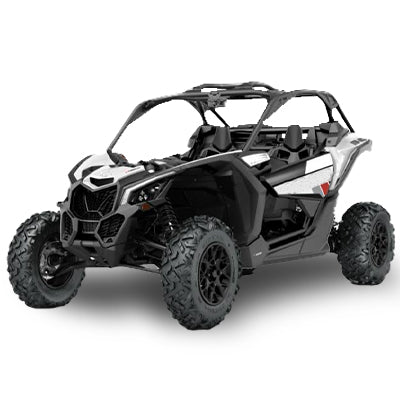
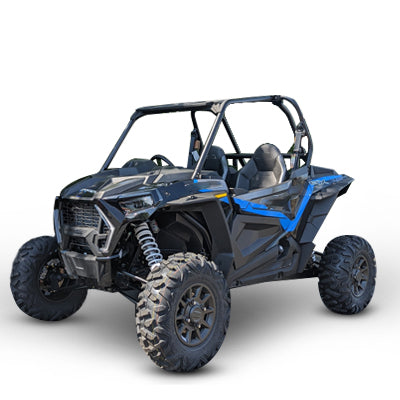
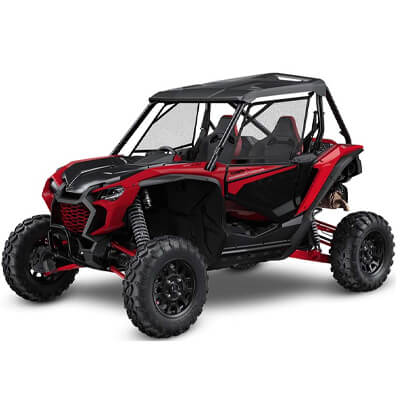
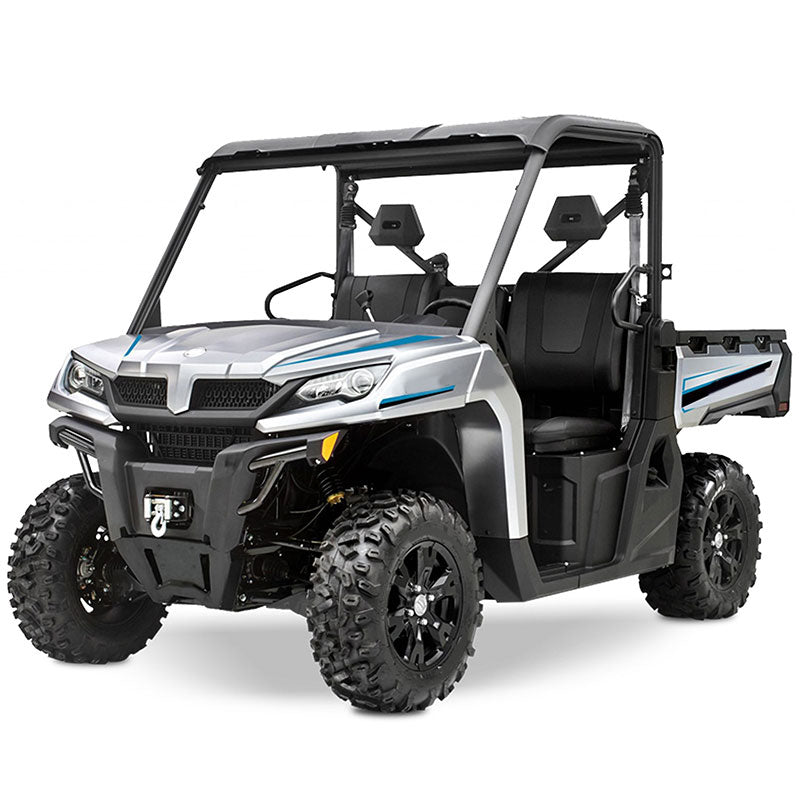
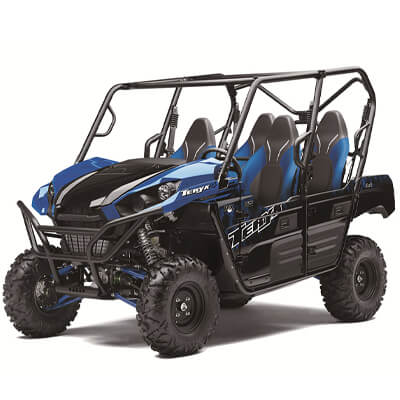

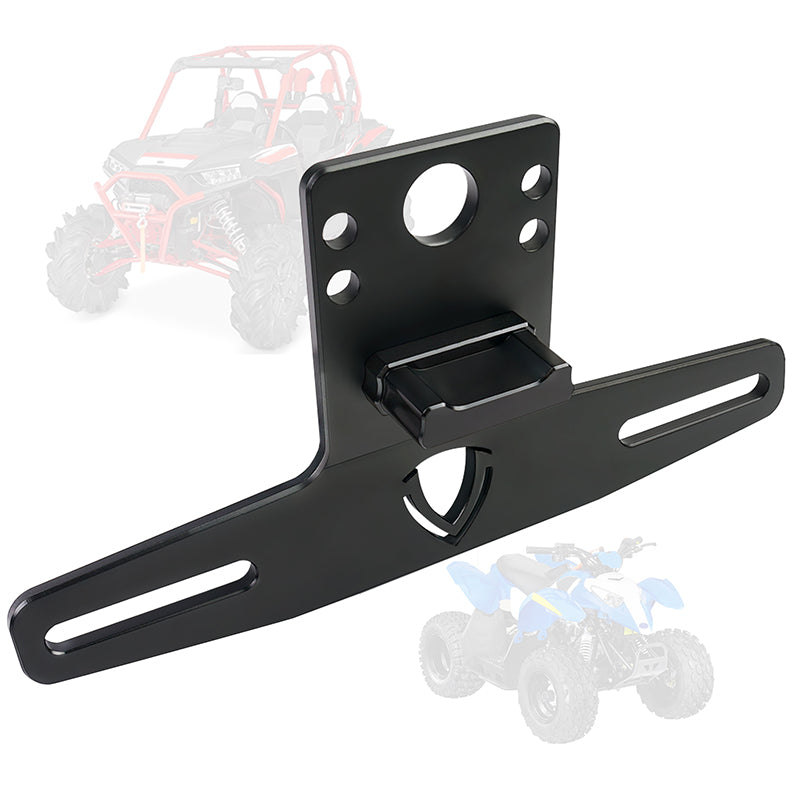
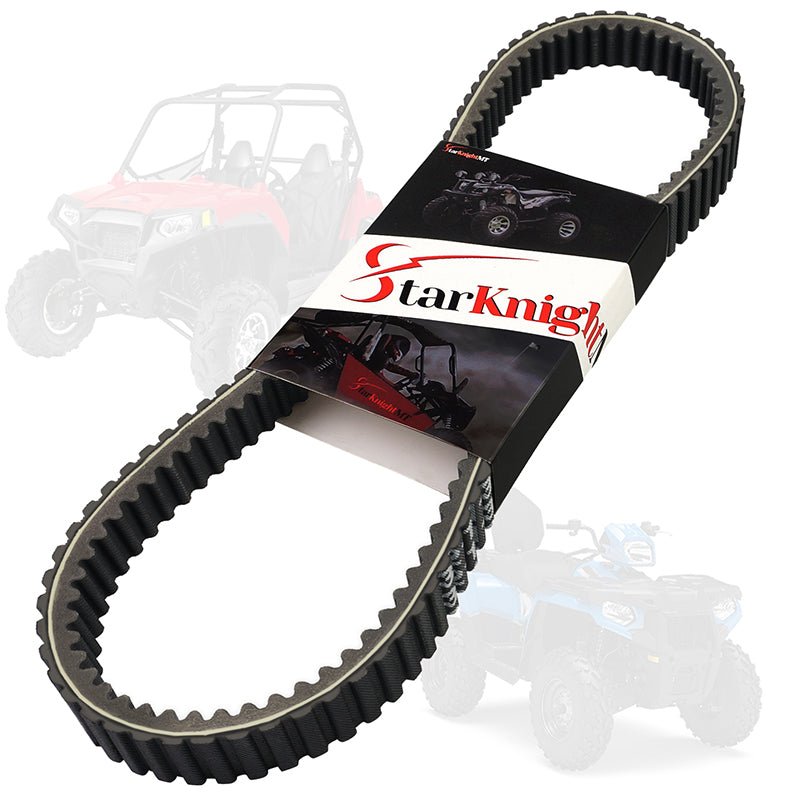



Leave a comment